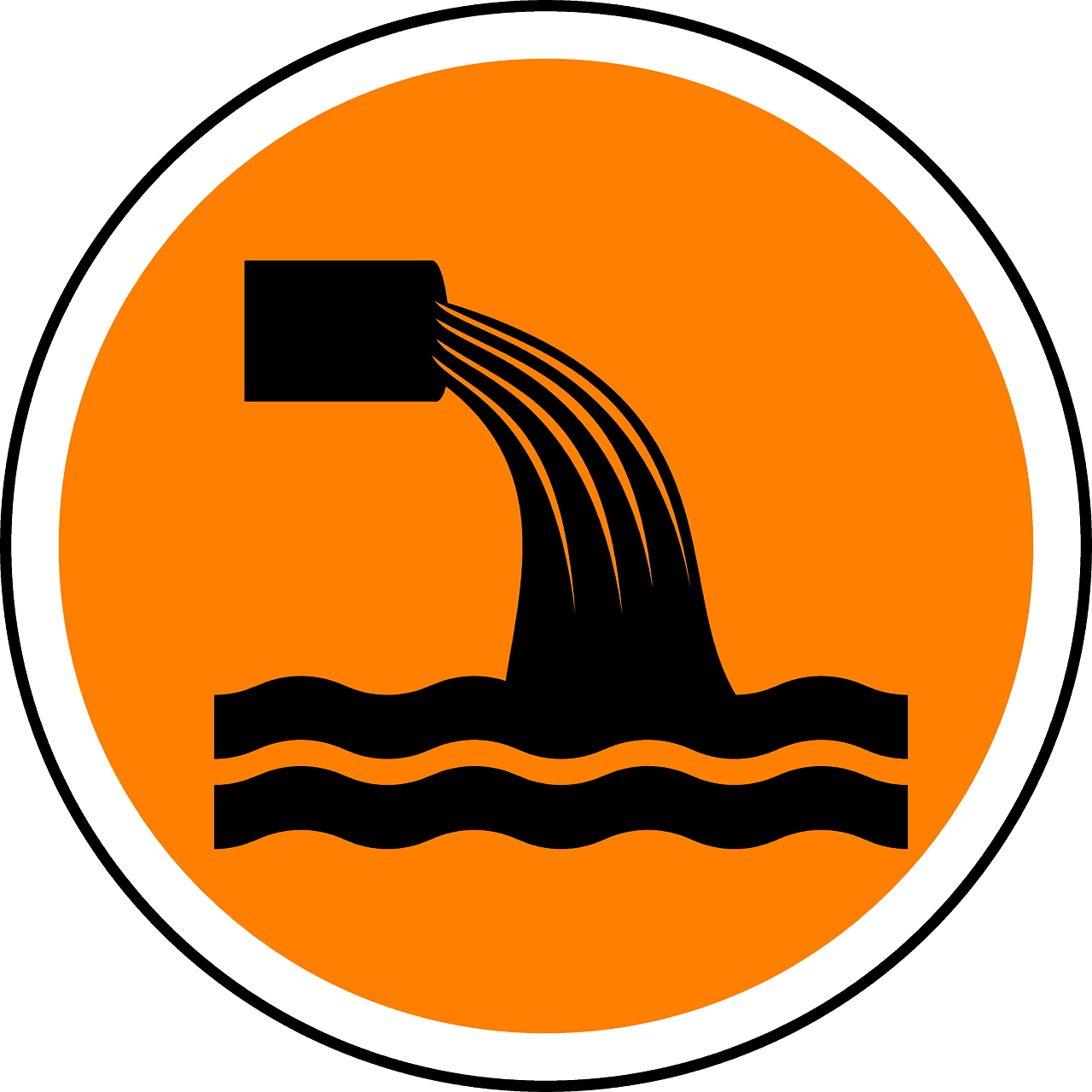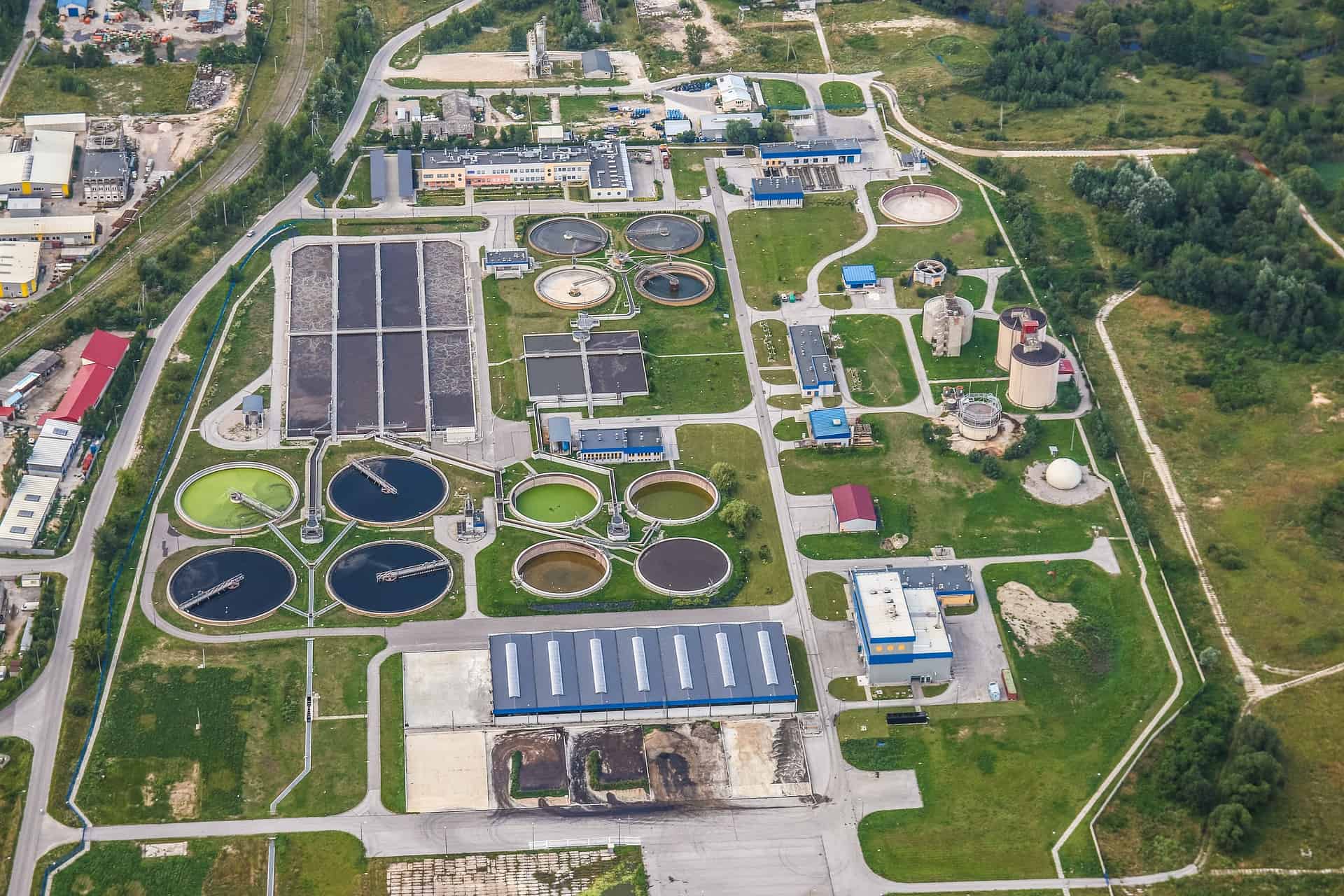COVID-19 has disrupted everything over the last year. However, we’ve learned an awful lot about pandemics and this specific virus in that time. Not only have a number of vaccines been developed, but there have also been successful efforts to identify and track the virus within communities. The more we understand the virus, the better it can be managed. Since early on in the outbreak, some scientists have been screening wastewater to get a better idea of how COVID-19 is affecting populations. Roll up your sleeves, because it’s time to discover what wastewater can tell us about this pandemic.
Proven Application
Testing wastewater as a public health initiative is well-established. It’s been used to monitor the occurrence of diseases such as polio and measles, track illegal drug use rate, and as an early warning for hepatitis A outbreaks. The idea of testing wastewater to gauge the amount of COVID-19 in a population started in Europe. In the Netherlands and France, officials were watching for the virus in the early days of the pandemic. These collections resulted in studies that showed the virus was detected in wastewater prior to the confirmation of widespread outbreaks. If this pattern holds true, researchers hope that tracing the viral load this way would enable them to flag sudden spikes as a warning before a jump in COVID cases is identified in the community. This alert could root out new outbreaks before most people are aware of the virus in their midst.
WBE
Wastewater-based epidemiology (WBE) is the science behind testing wastewater to assess the health of a population. It’s used to assess the presence or quantity of a biological or chemical signal or some other marker in a sewage sample. We all use the bathroom and WBE provides anonymous data when people infected with the virus shed it through fecal matter.
Globally, there are teams researching how the virus responsible for the pandemic could be studied via wastewater. A link between the viral load in sewage and the prevalence of COVID-19 reported in a population has already been confirmed by studies. If there’s a spike in the presence of viral RNA in wastewater, the hope is that a targeted public health response could halt further spread. This could happen through increased clinical testing for the virus in areas identified as hotspots or other measures with the aim of keeping people healthy and safe.
Early Warning

Think of WBE for COVID-19 as a kind of amber alert. The quantity of virus in wastewater is an indication of the total quantity of virus being shed by the community at the time a sample is collected. So even before an increased rate of COVID-19 shows up in a community, it will likely show up in wastewater. That’s because people could be infected without knowing or this shedding could happen prior to an infected person getting tested. If we can quickly move to alert that there’s the possibility of community spread on the horizon, we can work to prevent that spread by identifying infected people (testing), keeping people apart (shutdowns), or through other unexplored methods.
One group working to make WBE a reality during the pandemic is the Canadian Water Network (CWN). They’re providing technical guidance to labs so reliable comparisons of data can be made across communities. With an increase in COVID-19 in wastewater shown to proceed an outbreak, this kind of analysis could be an invaluable early warning system.
In Canada
In this country, wastewater testing for SARS-CoV-2 (the virus that causes COVID-19) is being conducted in more than 20 cities. The CWN is coordinating data sharing between researchers, utility operators, and public health units. While widespread testing has been difficult to implement in this country, we all use the bathroom. It’s another way to track the virus in a population without any extra effort needed. The raw data is available and now those involved in WBE are looking to refine analysis, set up monitoring programs, and find ways to use this information for practical applications in the fight against COVID.
Go With the Flow
Key West Video worked with the City of Toronto to produce a citizen-facing Stormwater Management video. The goal of this project was to inform the population of upcoming changes, discuss how citizens would be affected, and lay out the environmental reasons to address stormwater. This project pulled information and materials from a wide variety of sources. We shot original footage on the ground and with a drone, stock footage was incorporated where necessary, and maps and animation helped the audience understand the process. We also used client-provided footage and computer renders. For this blog, we thought it would be helpful to include this video as a way to understand how the sewer system in Toronto works.
Moving Forward
Wastewater is providing important clues to COVID spread in populations. When the data can be linked to a specific community, it’s even more reliable. That means WBE could be especially useful in congregate settings like prisons, long-term care homes, and schools. The challenge now is to isolate those sources and find the best way to use this information to help us all navigate the pandemic safely.









